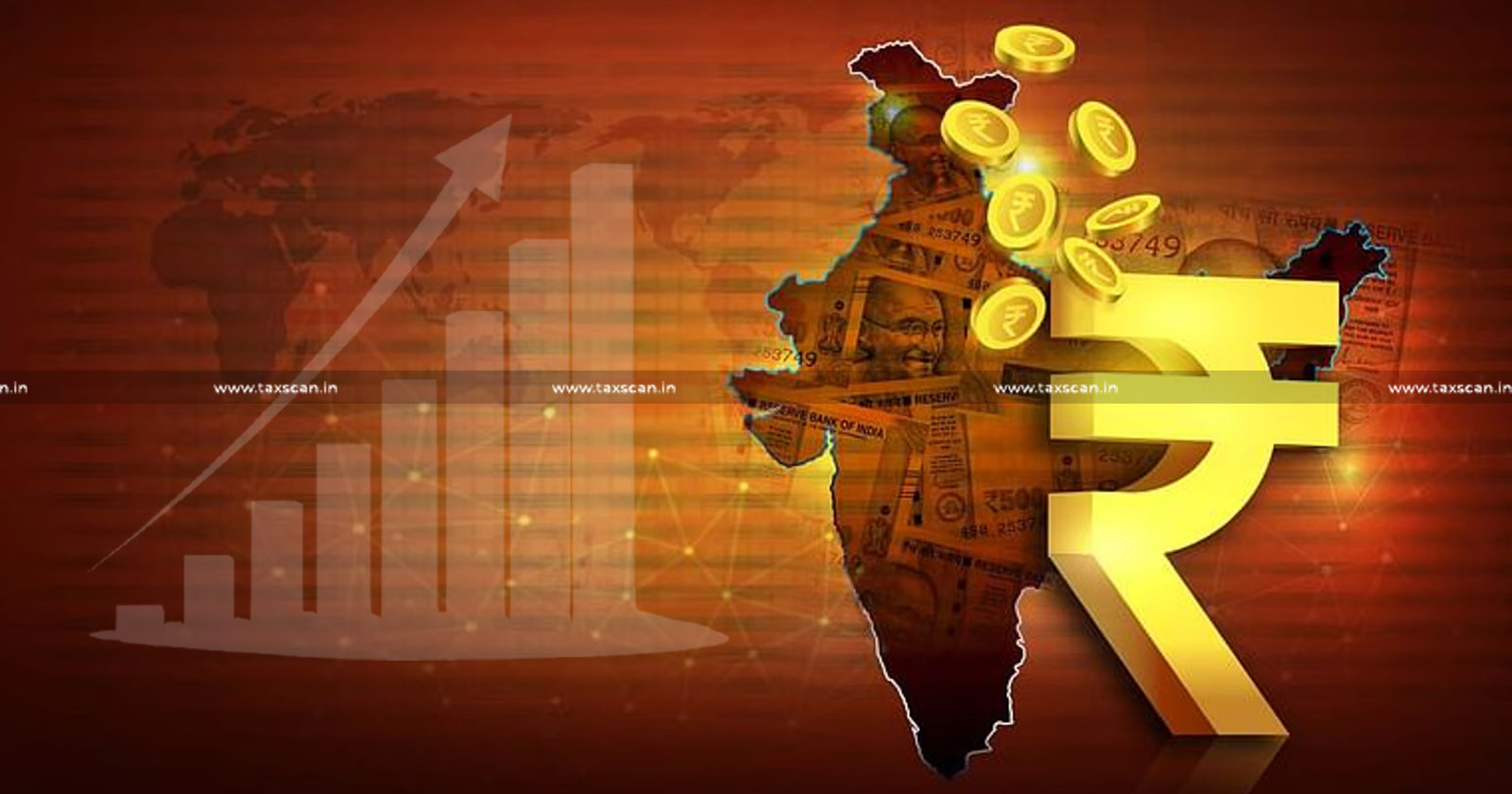Budget 2025: FM Says 10 Years of Reforms Boosted India's Global Confidence
FM in the Union Budget speech highlighted India’s decade of economic transformation, marked by strong reforms and growth, sets the stage for a promising future as a global powerhouse.

Budget 2025 – FM – Reforms Boosted Indias – Global Confidence – TAXSCAN
Budget 2025 – FM – Reforms Boosted Indias – Global Confidence – TAXSCAN
Finance Minister Nirmala Sitharaman presented the Union Budget 2025 on February 1st, 2025, at 11:00 AM before the Parliament. In her speech, she highlighted India's remarkable progress over the last ten years, emphasizing the role of structural reforms and economic policies in driving the country's rapid growth. These efforts have strengthened India's position on the global stage and increased international confidence in its economic potential.
During her Budget speech, the Finance Minister stated:
"Our economy is the fastest-growing among all major global economies. Our development track record of the past 10 years and structural reforms have drawn global attention. Confidence in India's capability and potential has only grown in this period. We see the next five years as a unique opportunity to realize 'Sabka Vikas,' stimulating balanced growth of all regions."
This means that India’s economy has outpaced other large economies in growth, and the world has taken notice of the significant changes and policies introduced over the past decade. Looking ahead, the government sees the next five years as a crucial period to ensure balanced and inclusive development across all regions.
More than 5000 Key Judgments on GST by Supreme Court, HCs, AAR, AAAR and NAA from 2017 to 2025
Key Achievements of the Last 10 Years
India has introduced several reforms and policies that have reshaped its economy. Below are some of the most impactful changes:
1. Rapid Economic Growth: India has consistently maintained a strong GDP growth rate, averaging 6.4% per year over the last decade, making it one of the fastest-growing major economies in the world.
2. Major Economic Reforms: The government has implemented key reforms that have improved business efficiency and boosted trade:
- Goods and Services Tax (GST) (2017): Simplified the tax system and improved business operations.
- Insolvency and Bankruptcy Code (IBC) (2016): Made it easier for businesses to handle financial difficulties and recover.
- Make in India (2014): Encouraged manufacturing growth and job creation.
- Digital India (2015): Promoted digital services, online transactions, and e-governance.
3. Increased Foreign Investments: India has become one of the top destinations for foreign direct investment (FDI), thanks to business-friendly policies and relaxed investment rules.
4. Infrastructure Development: India has made massive investments in:
- Highways, railways, and metro systems.
- Smart cities and urban development.
- Better logistics and trade connectivity.
5. Digital Transformation and Financial Inclusion: The Unified Payments Interface (UPI), launched in 2016, revolutionized digital payments and banking. Aadhaar-based services have also helped millions access financial and government services easily.
6. Boost to Manufacturing and Exports: The Production-Linked Incentive (PLI) scheme, introduced in 2020, has supported manufacturing industries such as electronics, semiconductors, and automobiles, reducing India’s dependence on imports.
7. Social Welfare and Public Services: The government has launched welfare programs that have directly benefited millions:
- PM Awas Yojana (PMAY) (2015): Affordable housing for low-income families.
- Ayushman Bharat (2018): Health insurance for over 500 million people.
- Jan Dhan Yojana (2014): Bank accounts for the poor to improve financial inclusion.
8. Renewable Energy and Sustainability: India has emerged as a leader in solar and wind energy, with a strong commitment to reducing carbon emissions and achieving net-zero targets by 2070.
9. Business-Friendly Reforms: India's ranking in the Ease of Doing Business Index improved significantly from 142 in 2014 to 63 in 2019, reflecting reforms that have encouraged startups and entrepreneurship.
10. Strengthening India’s Global Role: India has taken a more active role in global organizations like the G20 and QUAD, as well as forming new trade agreements to expand its global presence.
Vision for the Next Five Years
The government aims to continue structural reforms, promote innovation, and focus on inclusive development to ensure that every region of India benefits from economic growth. As of 2025, India is the fifth-largest economy in the world by nominal GDP. However, India is projected to become the fourth-largest economy by 2026, and the third-largest by 2027.
More than 5000 Key Judgments on GST by Supreme Court, HCs, AAR, AAAR and NAA from 2017 to 2025
Support our journalism by subscribing to Taxscan premium. Follow us on Telegram for quick updates


